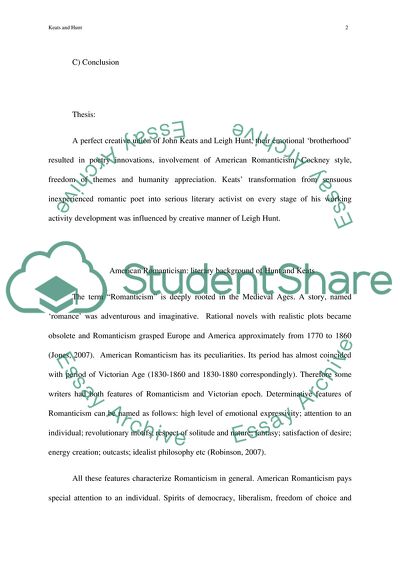Cite this document
(Keats and Hunt in American Romanticism Research Paper, n.d.)
Keats and Hunt in American Romanticism Research Paper. Retrieved from https://studentshare.org/literature/1735814-keats-and-hunt
Keats and Hunt in American Romanticism Research Paper. Retrieved from https://studentshare.org/literature/1735814-keats-and-hunt
(Keats and Hunt in American Romanticism Research Paper)
Keats and Hunt in American Romanticism Research Paper. https://studentshare.org/literature/1735814-keats-and-hunt.
Keats and Hunt in American Romanticism Research Paper. https://studentshare.org/literature/1735814-keats-and-hunt.
“Keats and Hunt in American Romanticism Research Paper”, n.d. https://studentshare.org/literature/1735814-keats-and-hunt.


